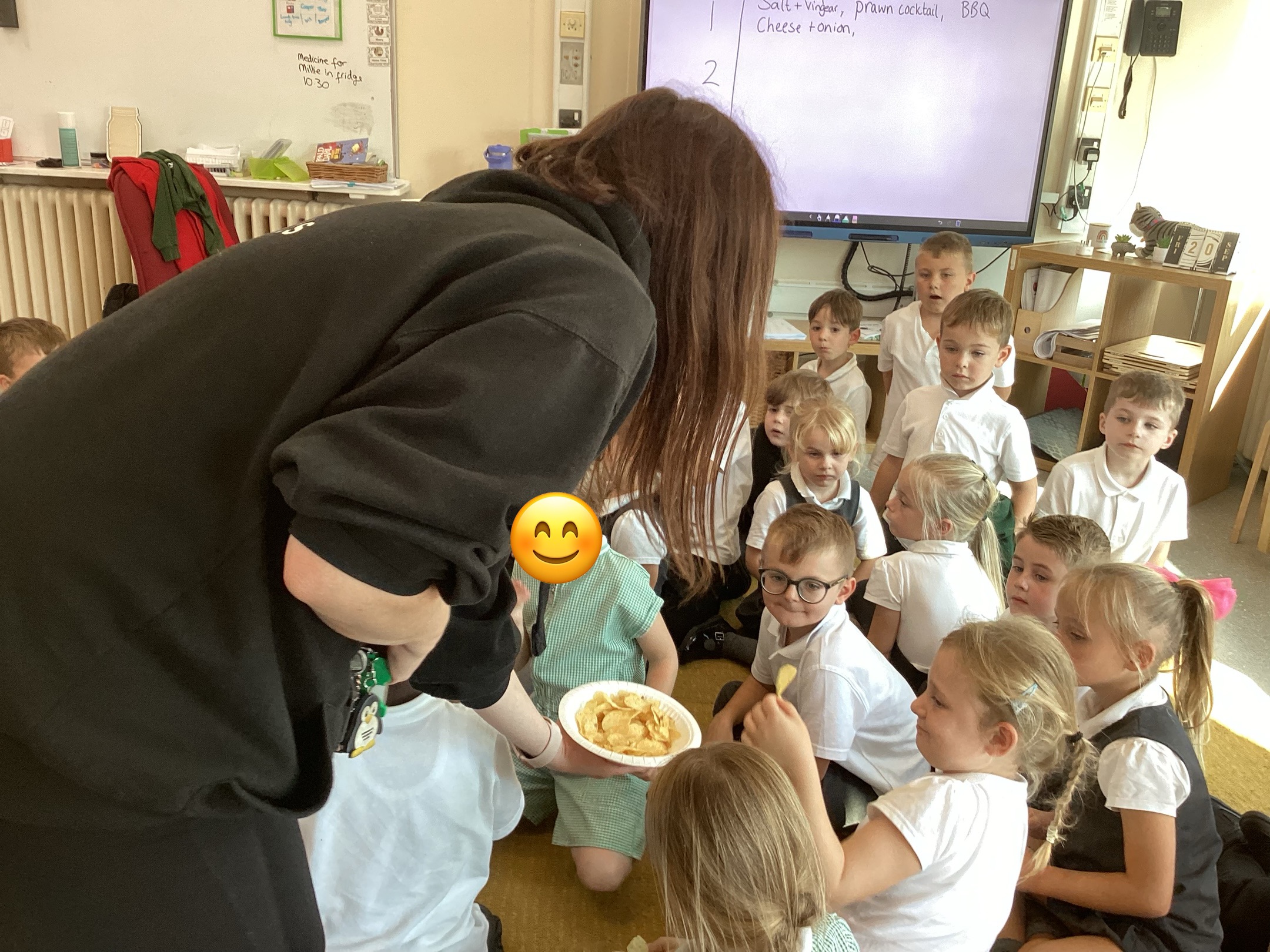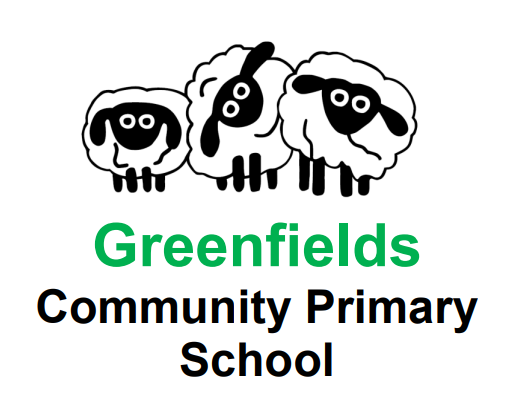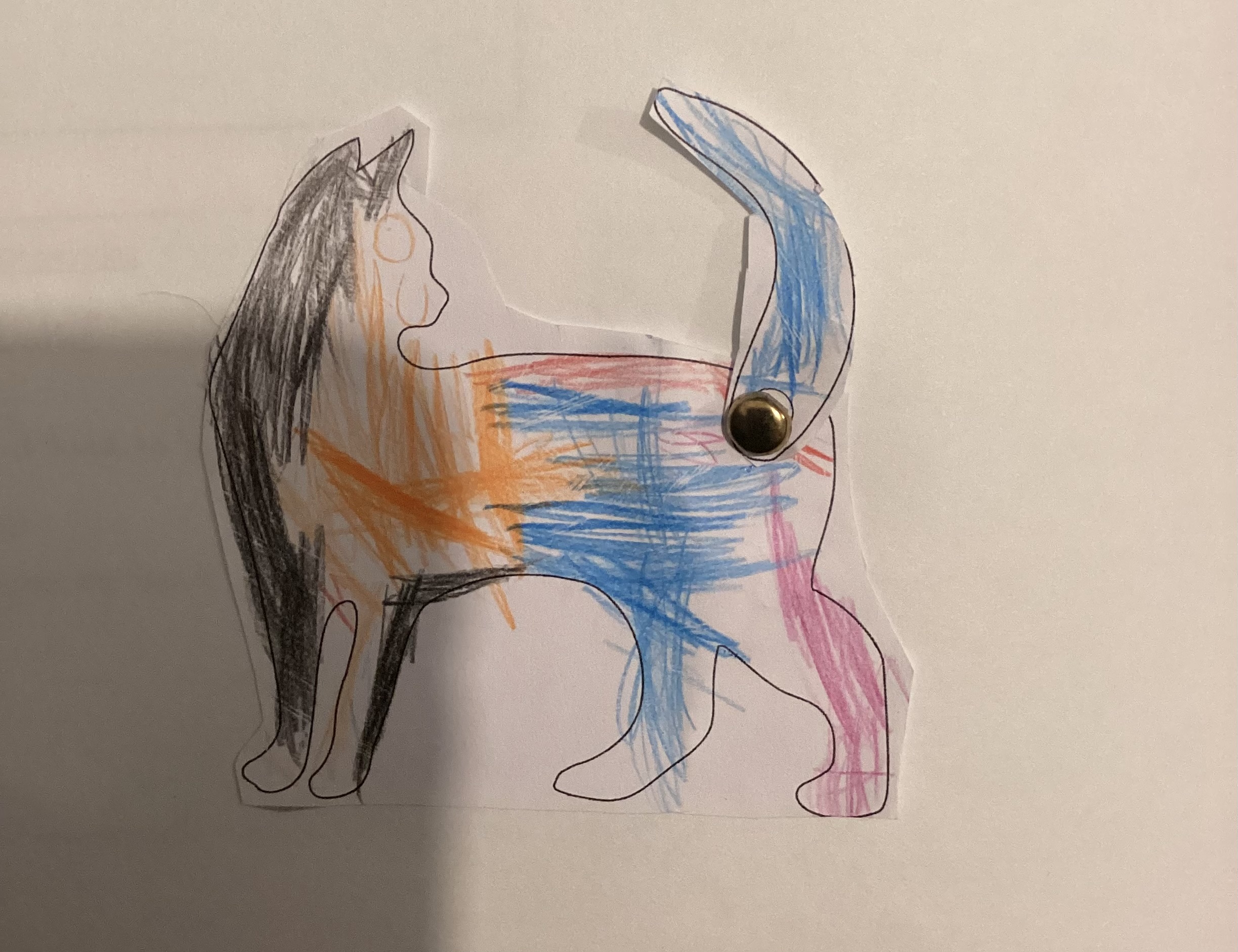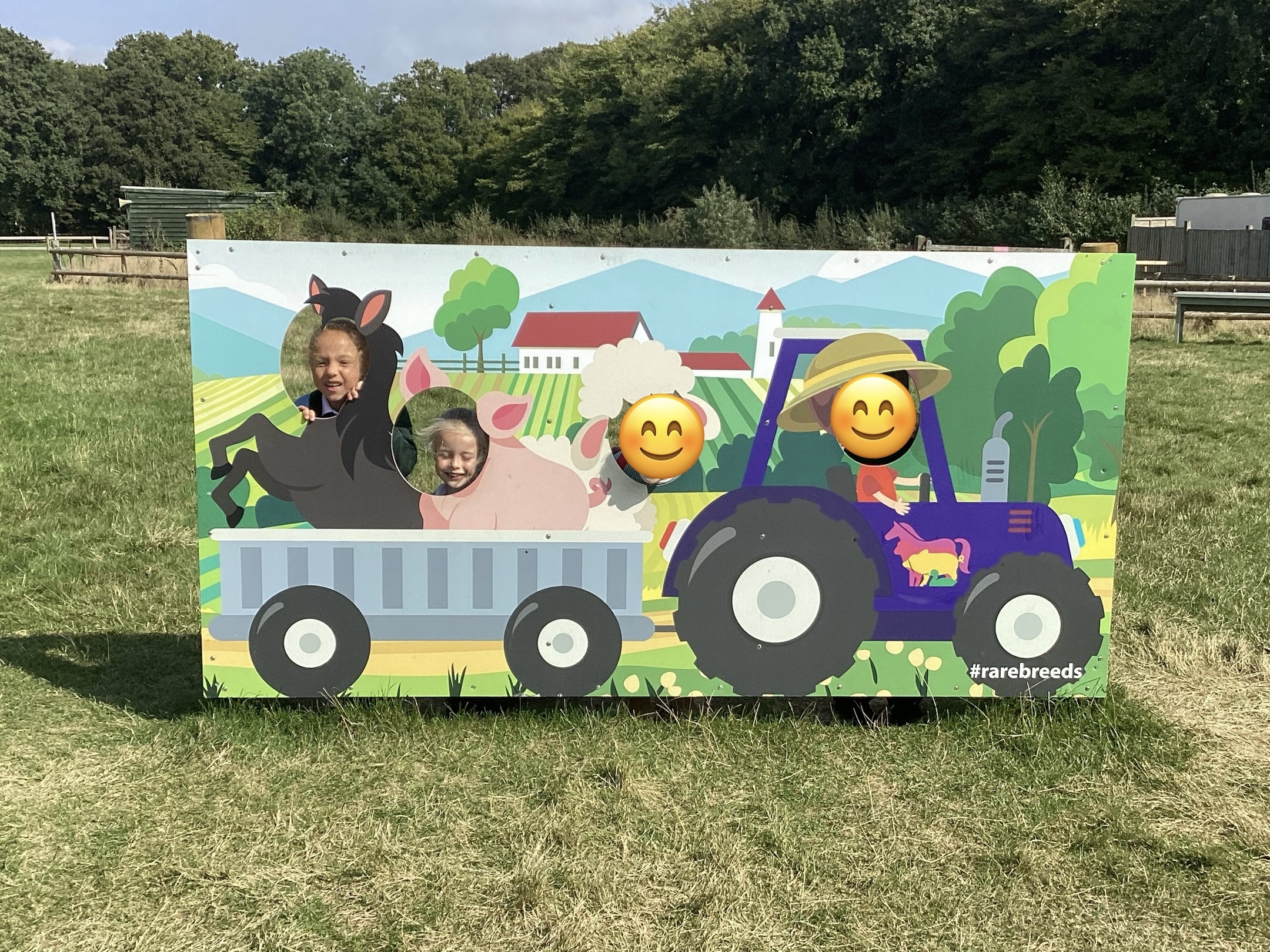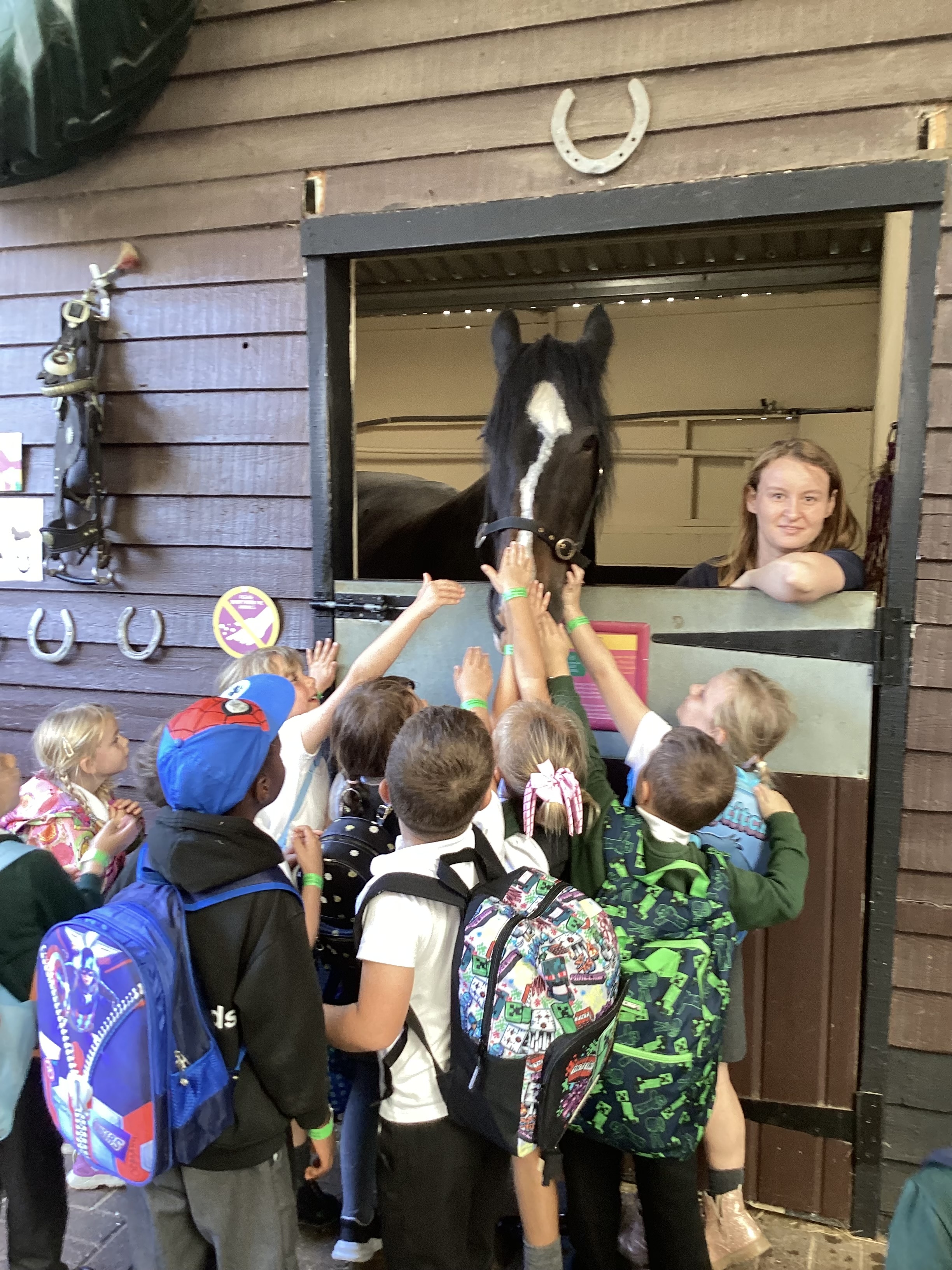2024/25
Term 3
Throughout this term we will have a number of exciting new learning experiences. We will be learning about Christians in RE and, during our Geography lessons, we will be completing a non-European country study, comparing it to aspects of the UK. We will then look at seasonal changes in Science before ending the term with PSHE, looking into health.
Country Comparison
In our next learning experience, we will compare the UK with Mexico. We will be understanding the geographical similarities and differences between the two through the study of the physical and human features of both countries, and discussing the climate, location, population and culture.
We started our experience by 'taking a flight' to Mexico where we learnt a lot of key facts about the country, including its population and some of its key physical features. We then had mini workshops where we were able to learn simple Spanish phrases, learn about the culture, practise a traditional dance and even tried some Mexican foods, such as nachos, refried beans, salsa and guacamole!
Christianity
During this learning experience, we will be learning about key questions surrounding Christianity, including: Who is a Christian and what do they believe? How and why do we celebrate special and sacred times? And finally, what does it mean to belong to a community? We will apply all of this through our palm knowledge at the end of the experience.
We began with our fingertip knowledge - looking at the 5 key facts of the religion.
We then looked at artefacts and discussed what symbols are important to Christians and why.
We then discussed what is important to Christians and ourselves.
We thought about the impact Christians have on the community and what community means to us.
We then consolidated all of our learning to show our palm knowledge.
Term 2
During term 2, Lime Trees will be learning about the changes in transport across the last 100 years, and will be starting the experience with a visit to the Dover Transport Museum. We will then be learning about materials and using techniques to craft our own mask, themed on Where the wild things are. In PSHE we will be learning about being physically and mentally healthy. As we near the end of the term, we will be learning about creating digital music using iPads. Finally, we will be learning to play the glockenspiels in our Music lessons.
Hey You!
Our final learning experience of term 2 is music, where we will be learning to play the Glockenspiel. We will be listening to and appraising a range of different pieces of music, including the Fresh Prince of Bel Air. We will then be learning to play the instrument alongside a given beat and singing to build upon our learning of rhythm and pulse.
We got to use the Glockenspiel to create music, making sure we stayed in time with the rhythm and beat provided on the video.
We then performed Hey You together. Scan the QR to hear our pieces:
Digital Music
For this learning experience, we will be learning how to create a piece of music digitally using technology. We will be using the app Chrome Music Lab to learn about pulse, rhythm and tempo. We will create a piece of music that will represent how we think certain animals may move.
We learnt that all music has a rhythm and a pulse. We then experimented with this and created our own pulses.
Then, we learnt about the importance of having a tempo in our music.
After we learnt about the key features, we applied all of our learning to create a piece of digital music to represent the movement of our chosen animals. Scan our QR codes below to listen to our final pieces:
Art - Masks
Our next experience will allow us to look at the artists Kimmy Cantrell and Romuald Hazoume and comparing their creations with the Wild Things book. We will also be developing and applying skills such as cutting, measuring and arranging. They will use these skills to then create a mask based on the Wild Things.
Craft (Where the Wild Things are)
We began the experience by looking at and comparing the artists, thinking carefully about the shapes and materials that they used.
We then learnt to use a ruler accurately and practise measuring lines and areas within a given picture.






Once we practised measuring shapes, we then used the rulers to draw a range of 2d shapes. We then looked at how to hold scissors correctly, before cutting our shapes out and arranging them on a mask template to create a face-like plan using an image of a wild thing from our story.


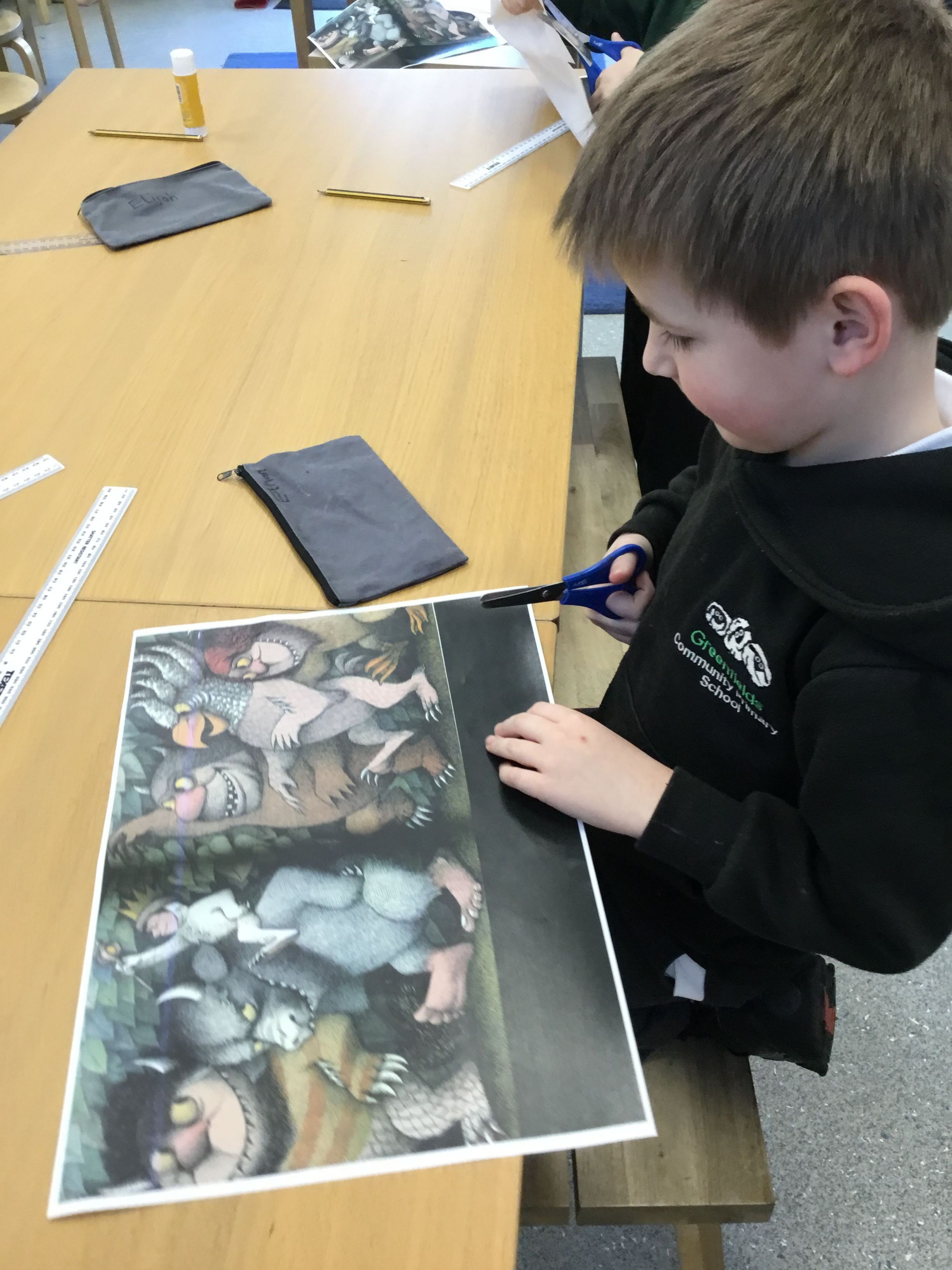


We then planned and created our masks.
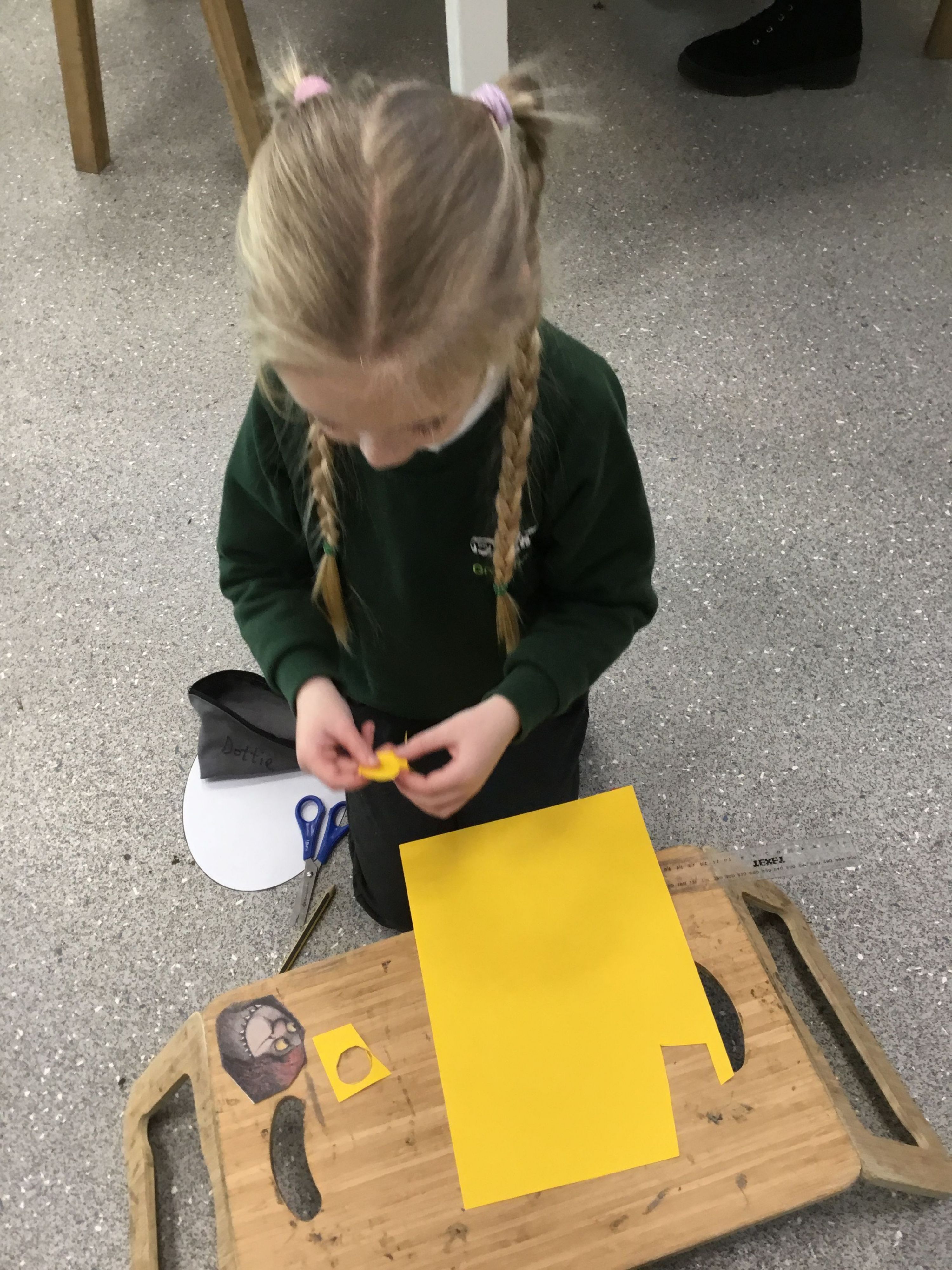




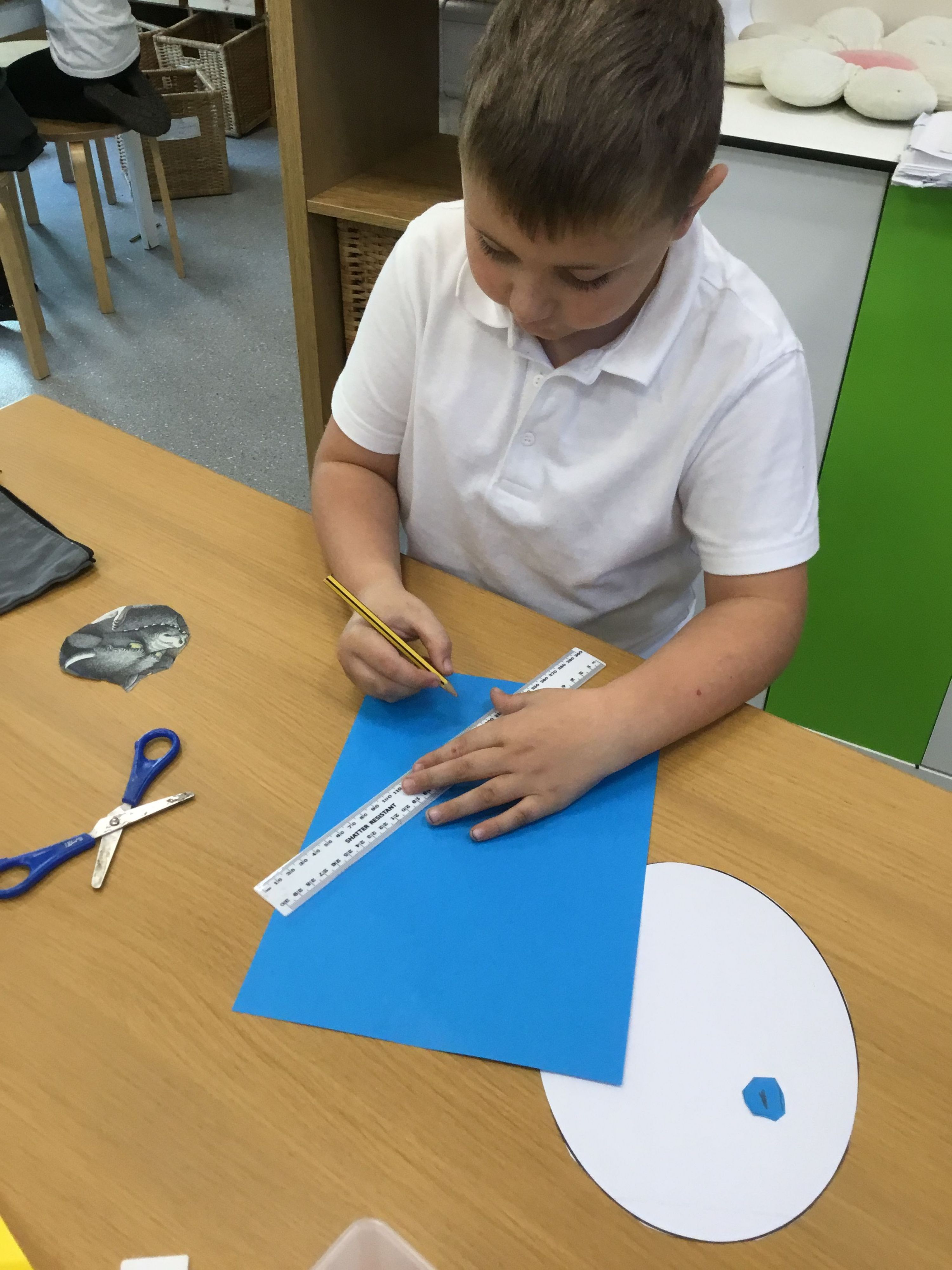

Physical Health and Fitness and Mental Wellbeing
For our next learning experience, we will be learning about the importance of having an active and physical lifestyle and how it links to improving our mental wellbeing. We will be keeping a diary of the activities we partake in throughout the week. We will also be talking about different emotions and that it is normal to have those feelings.
Physical Health and Fitness Mental Wellbeing
Transport
During this experience, Lime Trees will be learning about the changes to transport within living memory. We will learn about the development of road, air and rail travel throughout time. We will think about how these different methods of travel impact our local areas and discuss which we think is the most important invention, that has a big impact on our lives today. If you would like to see more please follow the link to our knowledge organiser.
We began the experience with a trip to Dover Transport Museum, where we were able to see different methods of transport and how they have changed throughout the years as technology has developed. We had a lot of fun and learnt a lot of information about the different vehicles and their development.
When we returned to school, we thought about the early forms of transport and discussed what journeys they might have been used for and why people would have travelled in this way during that time period. We showed the development of transport by creating a timeline of how the methods developed.
We have looked carefully at the different types of cars and their development throughout the last 100 years. We looked carefully at the similarities and differences between the 2 images and then thought about how cars are still being developed with the introduction of new technology.
Next, we have looked at the development of rail travel and its uses over the last 100 years. We learnt that the main use of trains has changed from transportation of goods and post, to travel and commuting. We compared steam engines to electric rail as well as the benefits of the introduction of railways in a wide-spread way.
We completed this experience by thinking about all of our learning, looking at the different types of transport that we have encountered and discussing which we think is the most important and why.
Term 1
Moving Picture Books
Lime Trees will be learning about moving picture books and how they work. We will learn what the different mechanisms are (sliding, lever and wheel) and how they make the images move. We will analyse existing products by reviewing books that have examples of these mechanisms and will use these as inspiration to support our planning and creating our own moving books.
We began by looking at existing products and thought about the different ways in which a book can be interactive, and why a publisher may decide to use different movement methods to create a moving picture book.
We then learnt about different mechanisms that can be used within a moving picture book. We discovered sliders and levers and practised making different mechanisms that we could use in our own moving pictures.



We chose a popular children's book to recreate as a moving picture book. We thought about the page we were recreating carefully, deciding what parts of the books we would be moving, and which mechanism would have the best effect.
We created our moving picture books, applying the skills that we have been practising throughout our lessons.
Bugs and Birds Sculptures
During this learning experience, Lime Trees will be looking at the work of artists Barbara Kobylinska and Vicki Atkinson. We will discuss the materials and techniques that they use to create their sculptures and use some of their work as inspiration. We will also experiment with different materials, both natural and man-made. Once we have learnt how to create sculptures safely, Lime Trees will plan and create their own small creature sculptures using wire and other materials.
We started by looking at images of bugs and birds, looking carefully at the colours and textures that we could see, labelling these clearly in our books.


We then looked at examples of sculptures created by our inspiring artists. We looked at the materials carefully and discussed how the artist may have used them, and how they used different techniques to create their piece of work.
We then tested different materials - practising techniques such as twisting, bending and creating different shapes. We also thought about whether they would be strong enough to make our sculpture stand up independently.






We then began to plan our final piece. We chose a bug, or a bird template and thought carefully about the different techniques we could use, as well as the different materials to add colour or detail to the design. We thought about how we could use the tools carefully and safely whilst creating the sculpture.


We then created our sculptures using wire and other materials. We thought carefully about our designs and how we could apply what we learnt to create these. Some of the designs were very complex, and we needed to review or change the idea for the sculpture. Here are some of our final pieces. We were very proud of our achievements.

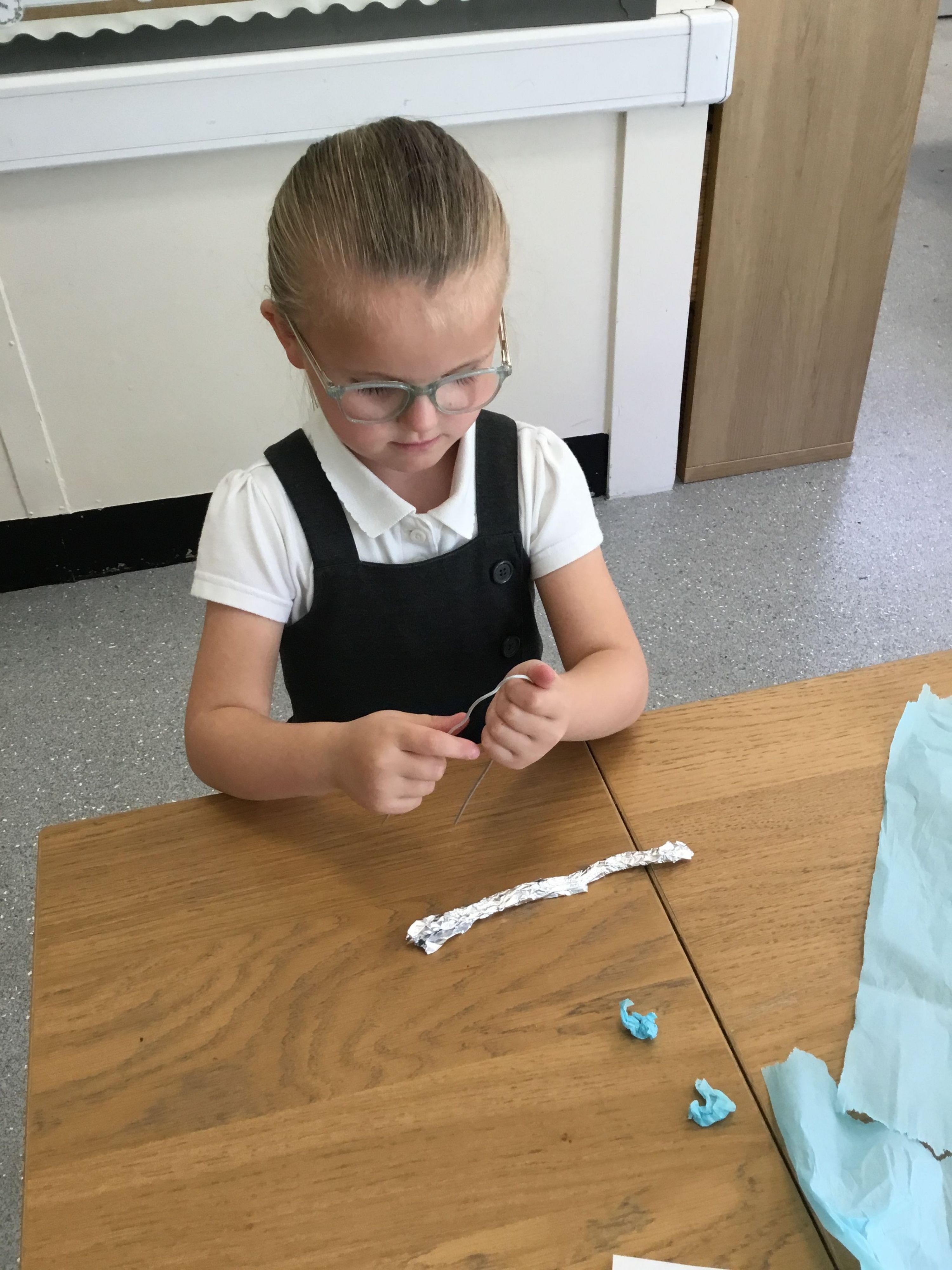






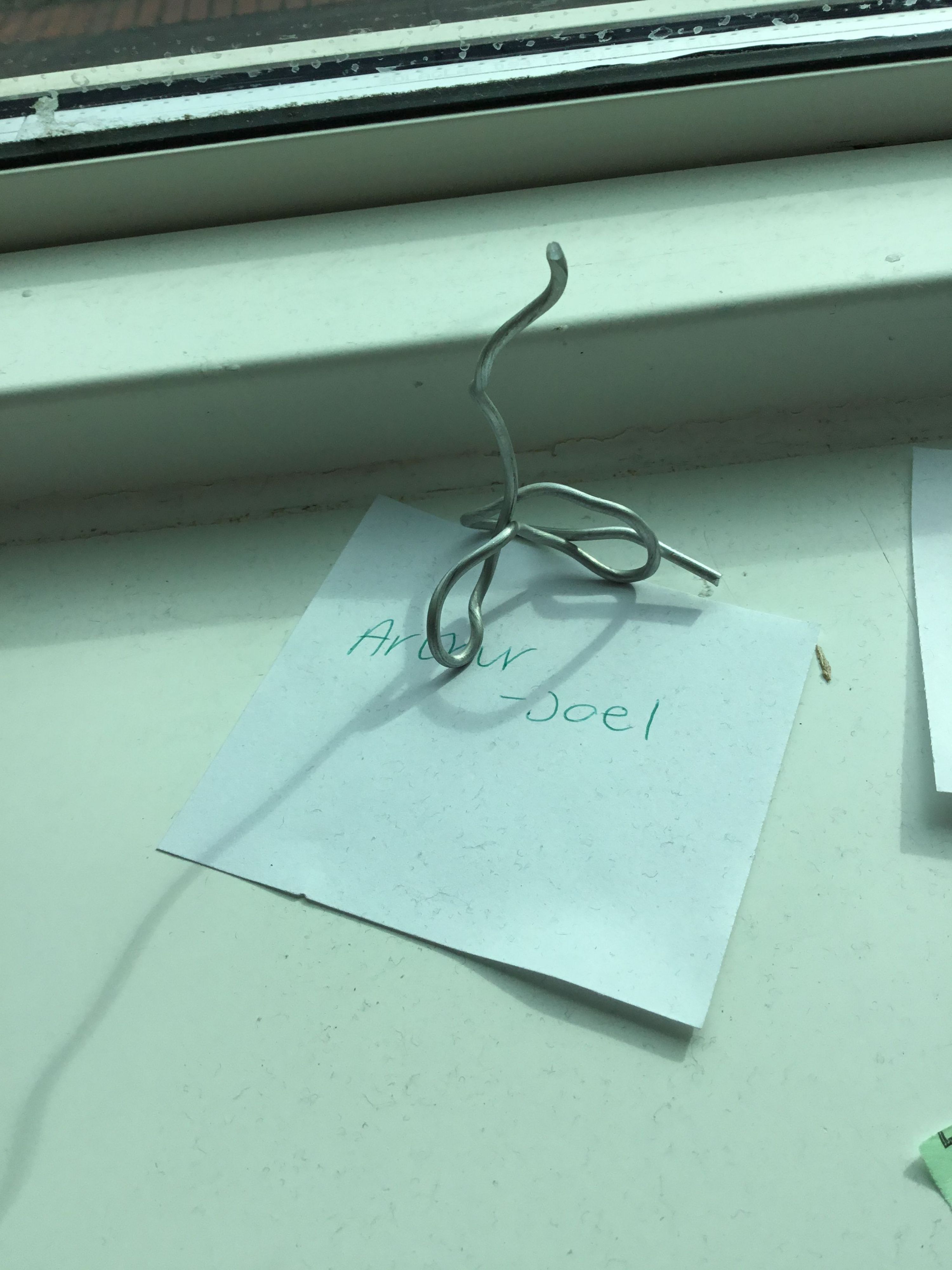
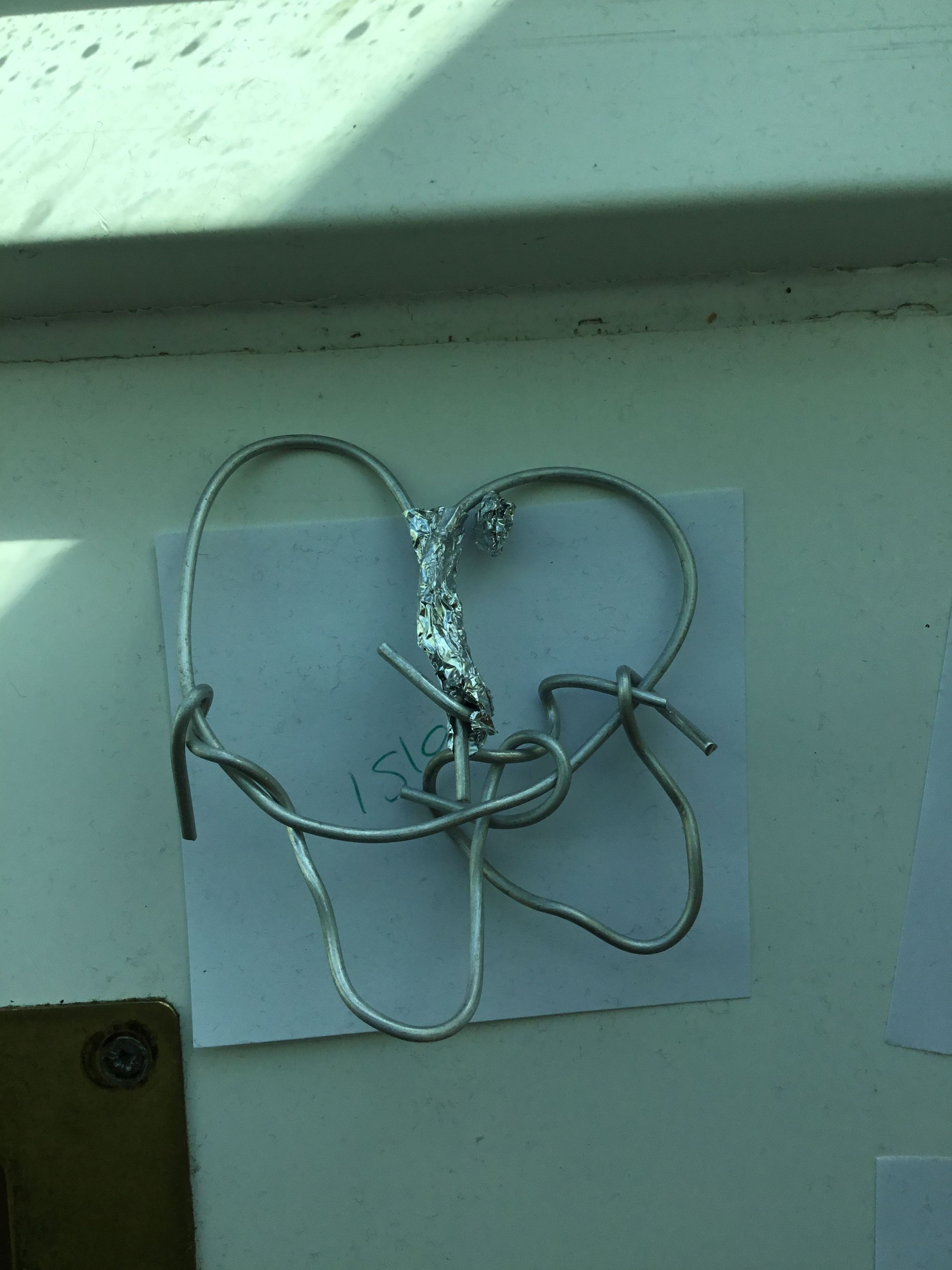
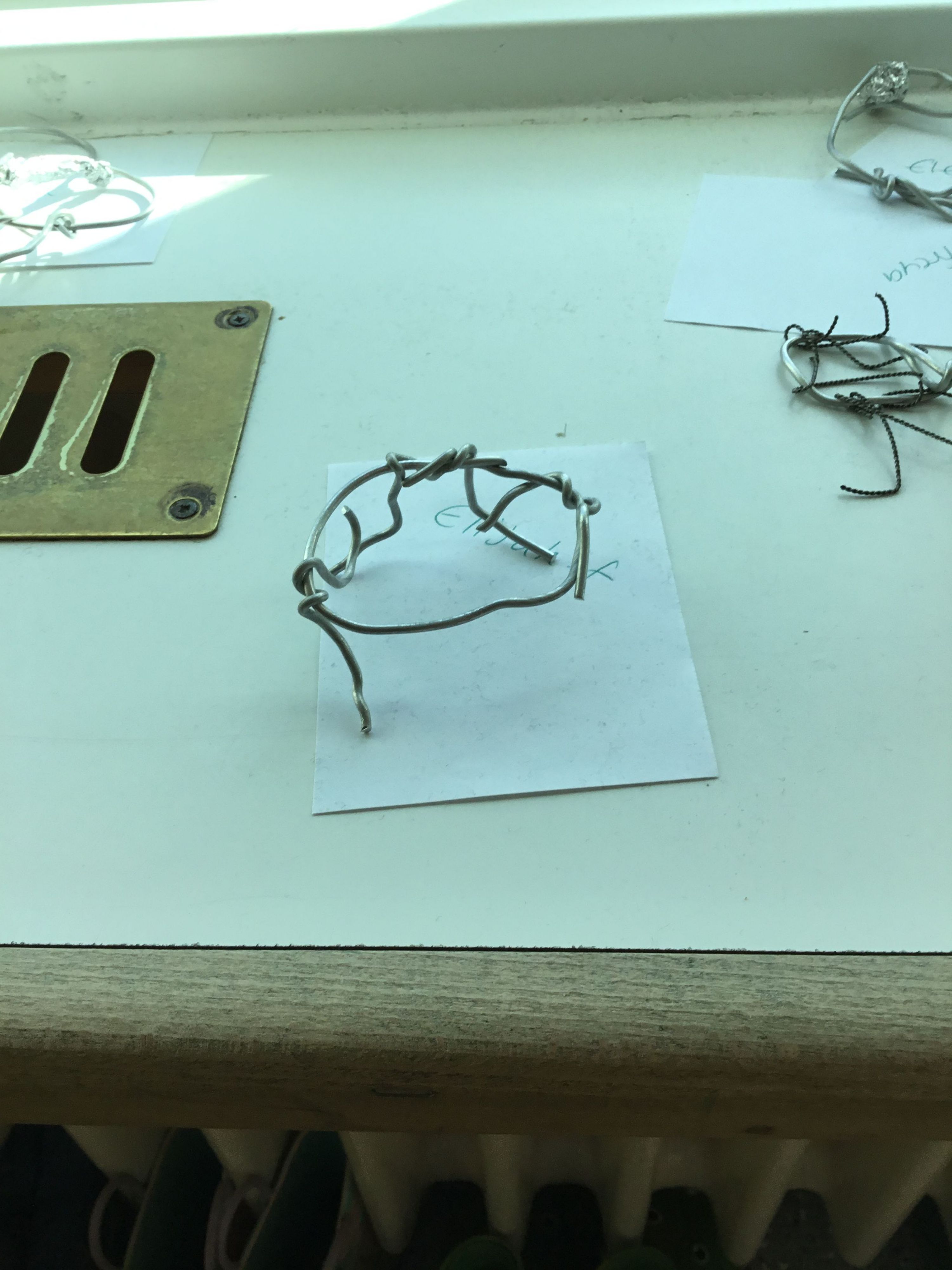


Animals (including humans)
During this learning experience, Lime Trees will be identifying and naming a variety of animals including fish, amphibians, reptiles, birds and mammals. We will also be learning about carnivores, herbivores and omnivores. We will also explore the five senses of humans by conducting a fair test as well as looking at pattern-seeking. We will move around the school, making observations over time, throughout the year, around school. Finally, Lime Trees will be visiting the Rare Breeds Centre to consolidate all of their learning.
We started our learning experience by learning about the different types of animals and their key features. We found out that there are 5 main animal types: mammals, birds, reptiles, amphibians and fish, and they are all very different. We sorted different animals into the correct types.
We then went on a learning walk around school, visiting different sites looking for evidence of the different animals that may live there. We will do the learning walk again throughout the year to observe the changes that may occur as the seasons change.


Next, we learnt about the food that the animals might eat. We found out that there are carnivores - meat eaters, herbivores - plant eaters, and omnivores - meat and plant eaters. We sorted animals into the different foods that they eat and found out how we can tell if an animal is a herbivore or a carnivore.
Then, we learnt about the human body, labelling diagrams and also learnt about the 5 senses. We know that we use our eyes to see, nose to smell, ears to hear, tongue to taste and skin to feel. We experimented using some of our senses whilst walking around the school, focussing on what we could hear, see, smell and feel in different areas of the school.
We visited the Rare Breeds Centre in Ashford, where we were able to see a range of animals, and even pet some of them in the petting area. We then experienced a tractor ride around the farm.








We began to observe different areas of the school - noticing what areas look like and may sound like at the beginning of Autumn. We will continue to visit these throughout the year to build up our observations over time.


We finished our learning with an experiment. We wanted to explore whether we were able to explore and work out the different flavours of crisps without seeing the packaging using our sense of smell and taste. We found out that some crisps are easier to detect than others!


